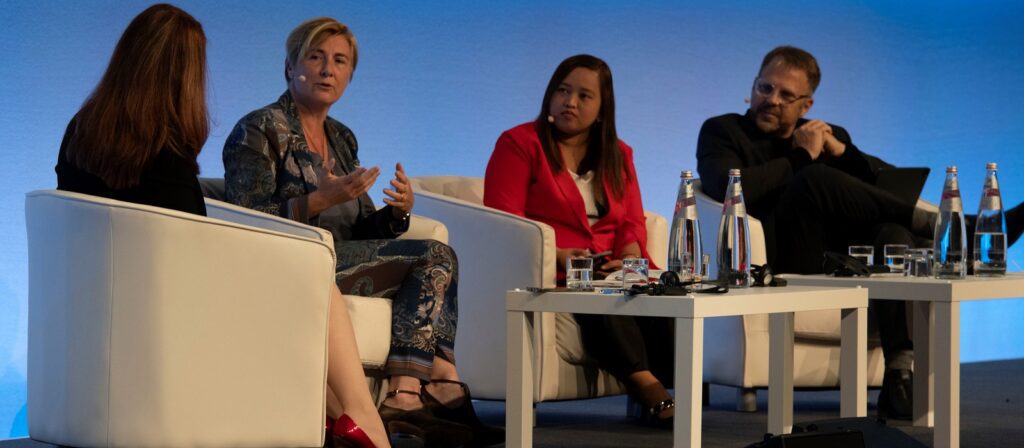The worldwide workforce has spoken in many ways as to how, where and when they want to work. Following the pandemic, the macro global trends that are shaping the future of work and accelerating the need to reimagine how we work can be split into five main pillars. These are inflation/geopolitical risks; open roles/skill challenges; retiring baby-boomers; technology expansions; and ESG.
There is a major shift in the balance of power toward the employee. Organisations need to react and respond quickly to remain competitive.
Results from EY surveys show that:
- 57% of employees are prepared to quit if not offered flexibility to conduct their job;
- 90% of employees globally want flexibility;
- 83% of employers believe there will be moderate to extensive change in learning and skill development in the future: If we can’t hire talent then we need to find new ways to grow the talent and it may be necessary to move people around to roles that they are better suited to;
- 87% of employers are likely to consider non-financial factors (such as ESG issues) when making decisions about their post-pandemic workforce;
- and 84% of employers believe that workforce digital tools acceleration is imminent and growing fast.
Key areas that organisations are focusing on are employee wellbeing, including transforming leadership to be more empathetic, changing work models, how to grow skills, and the mobility and digitalisation that will allow people to be more efficient and effective in their jobs. The pandemic has helped organisations to be more vulnerable and human. New ways of working have set a “new normal” and spotlighted questions on compensation and career opportunities.
79% of employees and 83% of employers believe that changes need to be made to total rewards following the pandemic. There are new opportunities to harmonise the work/life balance. If we don’t get this right by transforming the approach to humans at the centre then 43% of employees have said that they are likely to leave their employment in the next 12 months. The main reasons for leaving are the opportunity for increased pay, better job and career advancement, flexibility in where and when people can work, and overall wellbeing.
Flexibility is a new normal in the workplace. On average employees want to work 2-3 days remotely and only 22% of employers are mandating a full-time return to office, often with adverse effects when employers increase the requirement to be in the office. Humans at the centre is about getting the experience right and transforming all of the components of the workforce as a whole, so thinking about how employees can personalise their overall work experience. Listening to employees and using the experience data from surveys can lead to better operational performance.
In 2022, EY and the University of Oxford conducted a survey as to what drives successful transformations. The survey found that leaders and workers of transforming organisations undergo emotional journeys, taking very different turns depending on success or failure. They identified six drivers which, when combined, help prepare for and manage these emotional journeys and are the formula for dramatically increased success rates for transformations. These drivers include:
- having a purposeful vision;
- providing psychological safety;
- using practical technology;
- empowering employees by giving them a disciplined freedom;
- leading with adaptability;
- and collaborating with radical interdependence.





